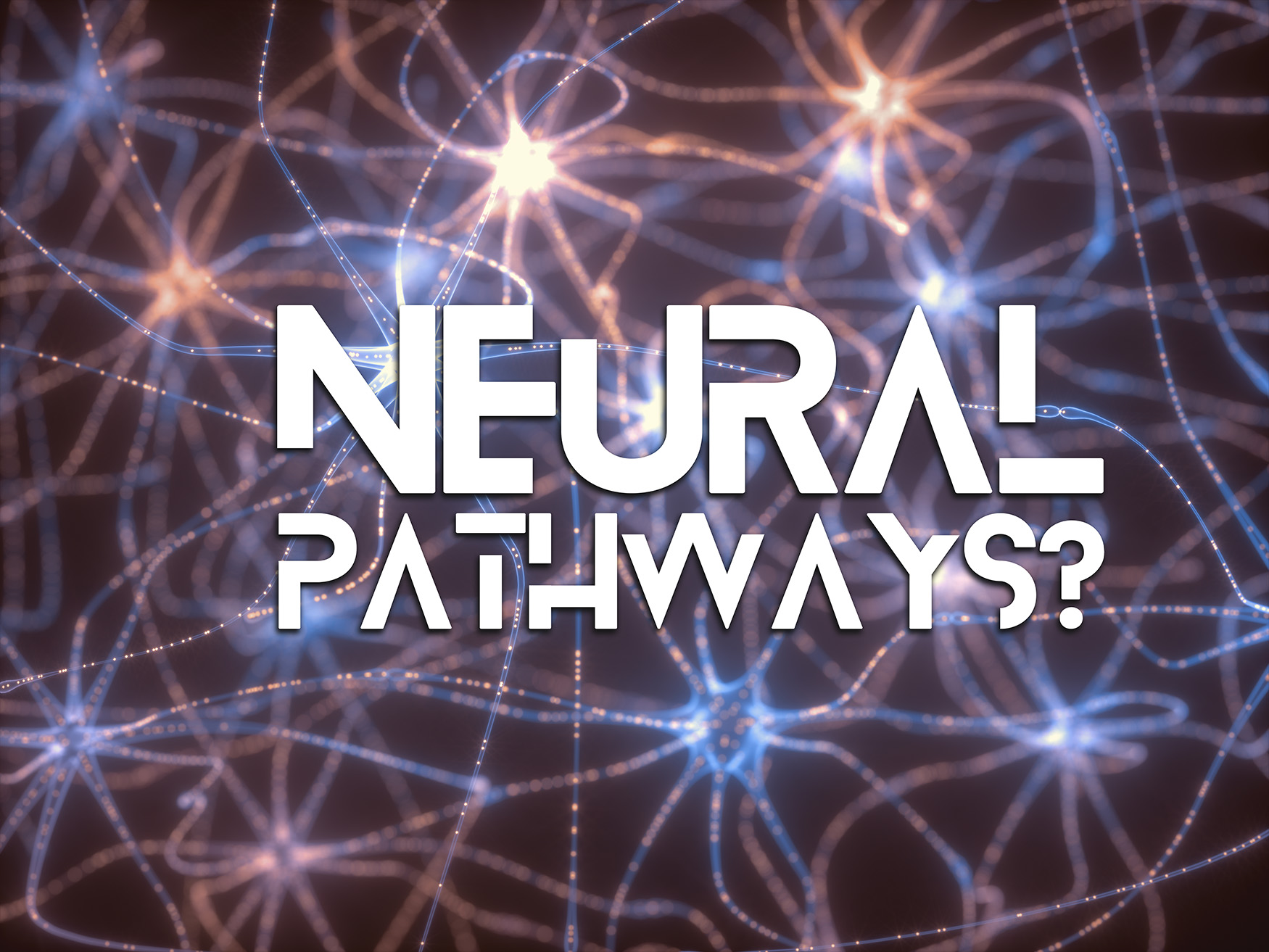Explore the captivating world of vision, where perceiving and interpreting visual information form a cornerstone of understanding. In this exploration, we embark on a journey to master the visual realm and unravel the nuances that distinguish vision from its specialized counterpart—visual tracking.
Vision: A Multifaceted Marvel
Vision is how humans and animals interpret the visual world—an intricate process at its core, enabling understanding and perception. Optics weave a complex tapestry, connecting eyes, optic nerves, and the brain to create the images shaping our perception.
The human visual system excels at processing diverse visual stimuli, from static scenes to dynamic landscapes, showcasing its remarkable adaptability. This includes the integration of various sensory inputs, creating a seamless and immersive experience.
Visual Tracking: A Dance with Moving Objects
Visual tracking, a specialized facet of vision, takes center stage in monitoring and predicting object movement with specialized skill. Unlike vision, which encompasses a broad spectrum of visual understanding, visual tracking zooms in on the dynamic aspects of the visual field.
Visual tracking applies across diverse realms like sports, robotics, surveillance, and artificial intelligence, demonstrating its versatile real-world applications. A goalkeeper tracking a soccer ball or an autonomous vehicle adjusting to surroundings exemplifies the precision of visual tracking.
Biological Marvels: How Our Brains Tackle Vision and Tracking
The intricacies lie in the neural mechanisms responsible for these functions. Vision involves complex interplay between the eyes, optic nerves, and the brain, while visual tracking relies on specific neural pathways that enable us to follow and anticipate the trajectory of objects. Divergent processing in the brain differentiates these functions, with various regions specialized for general vision and distinct pathways dedicated to the precision required for tracking moving objects.
Vision and tracking intricately connect, revealing the human brain’s remarkable complexity in perceiving and interacting with the visual environment.
Technological Marvels: Vision and Visual Tracking in the Digital Age
Artificial Intelligence (AI) leverages vision and vision tracking algorithms to interpret and analyze visual data. In various applications, AI employs computer vision to process images or videos, enabling machines to recognize patterns, objects, and even human gestures. Tracking algorithms monitor and predict object movement, enhancing AI systems’ understanding of dynamic visual environments. Algorithms find use in diverse fields, from autonomous vehicles navigating traffic to surveillance tracking in crowded spaces.

environments. Algorithms find use in diverse fields, from autonomous vehicles navigating traffic to surveillance tracking in crowded spaces.
For instance, in autonomous vehicles, AI uses vision algorithms to interpret the surroundings, identifying obstacles, pedestrians, and traffic signals. In healthcare, AI employs vision tracking to analyze medical images, assisting in the detection of anomalies or diseases. These applications showcase the adaptability and effectiveness of AI in harnessing vision and tracking algorithms to enhance decision-making and automation in various domains.
Evolutionary Insights: Survival and Interaction
Evolutionary Prowess: Consider the evolutionary roots of vision and visual tracking. Reflect on how these abilities may have evolved as survival mechanisms and tools for enhancing interaction with the environment.
Future Vistas: Riding the Wave of Advancements
The future holds promising integrations of vision and vision tracking technologies, revolutionizing various industries. In healthcare, advanced imaging technologies coupled with precise tracking could enhance diagnostics and treatment planning. In smart cities, vision tracking might optimize traffic flow and public safety. Augmented reality applications could benefit from improved object recognition, providing users with enriched interactive experiences. Additionally, the integration of vision and tracking in robotics could lead to more sophisticated automation and collaborative capabilities. Advancing technologies promise vast innovation, shaping a safer, more efficient, and immersive future through enhanced visual perception and tracking.
Conclusion
As we conclude our exploration, it becomes evident that vision and visual tracking engage in a symbiotic dance, each complementing the other to create a holistic understanding of the visual realm. Whether in the intricate circuits of the human brain or the algorithms of artificial intelligence, the marriage of vision and visual tracking paints a vivid picture of our journey in the visual cosmos.
Embark on this exploration with us, as we unravel the mysteries of vision and visual tracking—a dynamic duo shaping the way we perceive, understand, and navigate the world.
Subscribe To Our Blog!
Your support allows us the help our non-speaking community continue to progress. Your subscription is making a difference in the life of a child.


